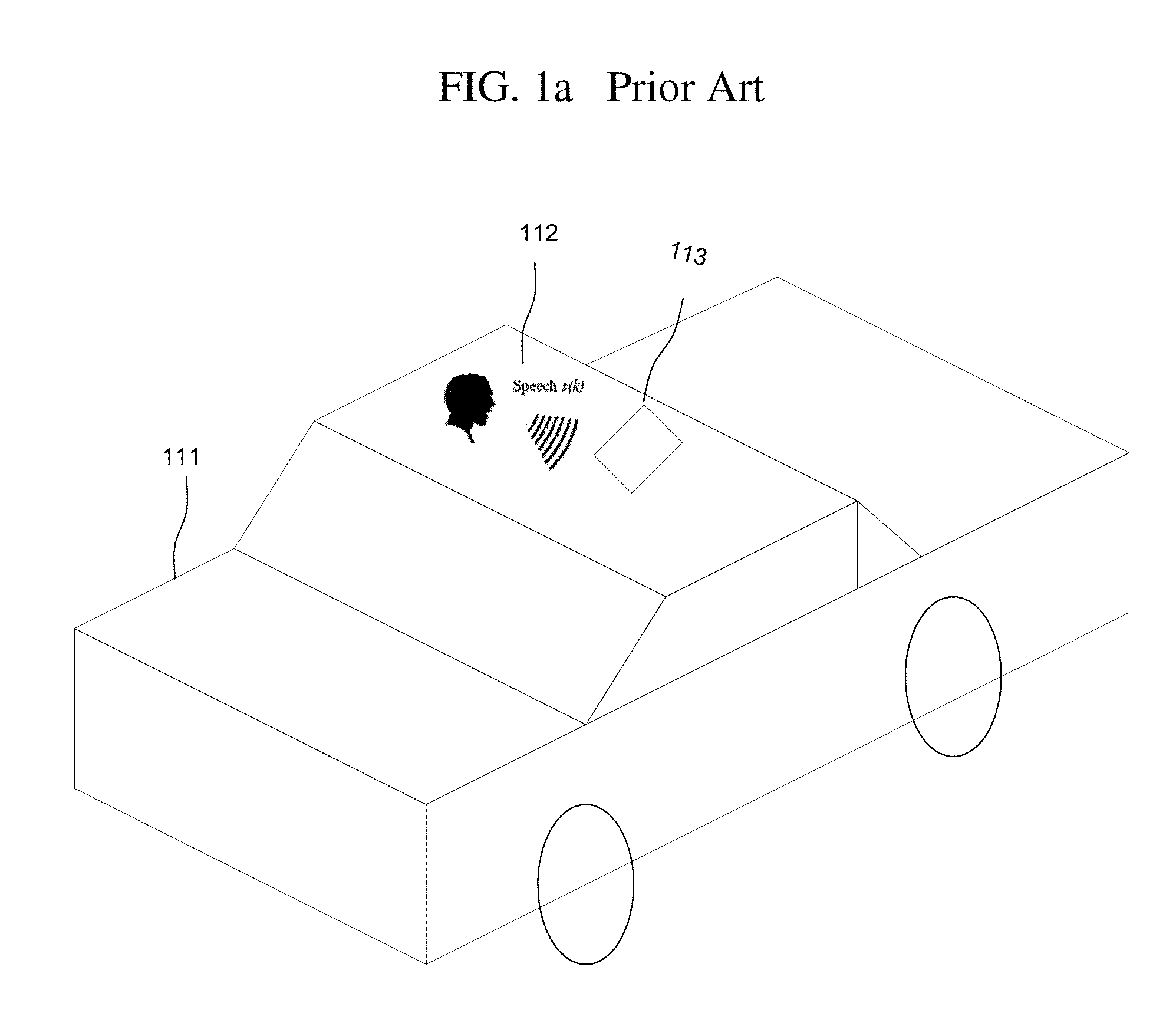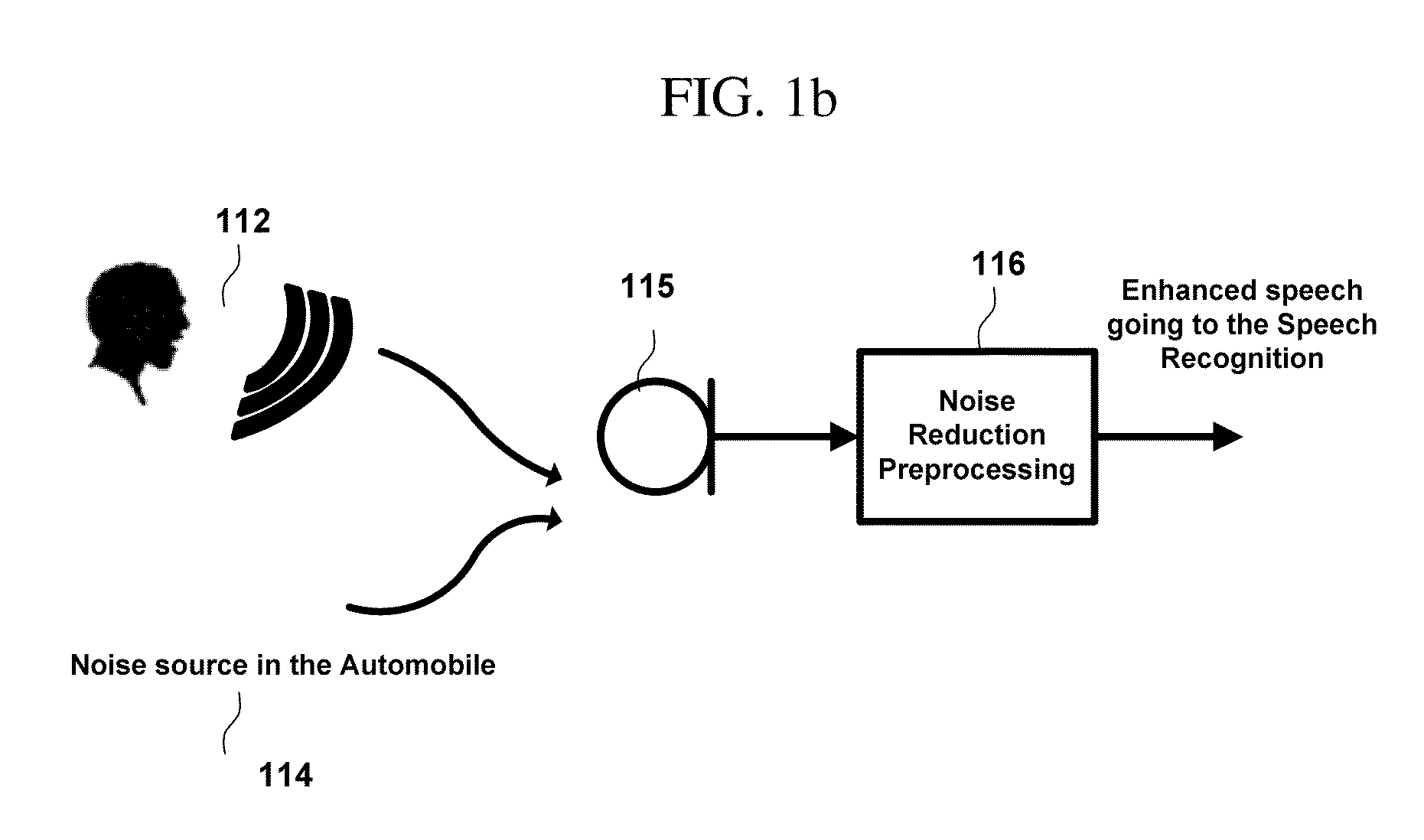The use of
voice communication devices in noisy environments has lead to difficulty for listeners to discern a voice
signal and has diminished network capacities as
signal to
noise ratios are lowered.
If this noise, at sufficient levels, is picked up by the
microphone, the intended
voice communication degrades and though possibly not known to the users of the
communication device, uses up more bandwidth or network capacity than is necessary, especially during non-speech segments in a two-way conversation when a user is not speaking.
The three most common quality issues affecting VoIP networks are Latency,
Jitter,
Packet Loss and Choppy unintelligible speech.
These packets travel so fast that the process of traveling and reassembling them to the phone at the other end of the conversation generally takes milliseconds.
If the roundtrip
travel time of the packet takes more than 250 milliseconds the quality of the communication may experience some issues due to latency.
Latency can occur in both VoIP and traditional phone systems.
Of course, a variety of other factors, including congestion, can add to the overall latency of a packet.
When packets are received with a timing variation from when they were sent, a quality issue of
Jitter may be noticed.
When
Jitter occurs, participants on the call will notice a
delay in phone conversation.
While it may not make a big difference if traditional data packets are received with timing variations between packets, it can seriously
impact the quality of a voice conversation, where timing is everything.
In general, higher levels of
jitter are more likely to occur on either slow or heavily congested links.
This is characterized by a substantial incremental
delay that may be incurred by a single packet.
This is characterized by an increase in
delay that persists for some number of packets, and may be accompanied by an increase in packet to
packet delay variation.
Type C
jitter is commonly associated with congestion and
route changes.
In VoIP systems,
Packet Loss can take place when a large amount of network traffic hits the same Internet connection.
A one percent
packet loss will result in a skip or clipping approximately once every three minutes.
This results in choppy unintelligible speech.
Significantly, in an on-going
VoIP phone call or other communication from an environment having relatively higher
environmental noise, it is sometimes difficult for the party at the other end of the conversation to hear what the party in the noisy environment is saying.
That is, the ambient or
environmental noise in the environment often “drowns out” the voice over internet or voice over packets or wire lined telephone user'
s voice, whereby the other party cannot hear what is being said or even if they can hear it with sufficient volume the voice or speech is not understandable.
This problem may even exist in
spite of the conversation using a
high data rate on the communication network.
Attempts to solve this problem have largely been unsuccessful.
Unfortunately, the effectiveness of the method disclosed in the Hietanen et al patent is compromised by acoustical leakage, where the ambient or
environmental noise leaks past the ear
capsule and into the speech microphone.
The Hietanen et al patent also relies upon complex and power consuming expensive
digital circuitry that may generally not be suitable for small portable battery powered devices such as pocket able cellular telephones.
Unfortunately, the Paritsky patent discloses a
system using light guides and other relatively expensive and / or fragile components not suitable for the rigors of VoIP phones and other VoIP devices.
Neither Paritsky nor Hietanen address the need to increase capacity in
VoIP phone-based communication systems.
Any incorrect detection will degrade the performance of the
system.
Most such arrangements are still not effective.
They are susceptible to cancellation degradation because of a lack of coherence between the noise
signal received by the reference microphone and the noise signal impinging on the transmit microphone.
Their performance also varies depending on the directionality of the noise; and they also tend to attenuate or distort the speech.
Known
frequency domain noise reduction techniques, often introduce significant artifacts and aberrations into the speech audio component, making the speech recognition task more difficult.
Consequently, filtering will inevitably have an effect on both the speech signal and the
background noise signal.
Distinguishing between voice and
background noise signals is a challenging task.
Even with the availability of modern signal-
processing techniques, a study of single-channel systems shows that significant improvements in SNR are not obtained using a single channel or a one microphone approach.
Surprisingly, most
noise reduction techniques use a single microphone system and suffer from the shortcoming discussed above.
However, the current multi-channel systems use separate front-end circuitry for each microphone, and thus increase hardware expense and
power consumption.
As with any system, the two microphone systems also suffer from several shortfalls.
The first shortfall is that, in certain instances, the available reference input to an adaptive noise canceller may contain low-level signal components in addition to the usual correlated and uncorrelated noise components.
These signal components will cause some cancellation of the primary input signal.
The second shortfall is that, for a practical system, both microphones should be worn on the body.
This reduces the extent to which the reference microphone can be used to pick up the noise signal.
The third shortfall is that, an increase in the number of noise sources or room
reverberation will reduce the effectiveness of the
noise reduction system.
 Login to View More
Login to View More  Login to View More
Login to View More 


